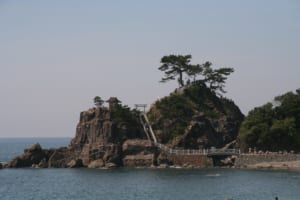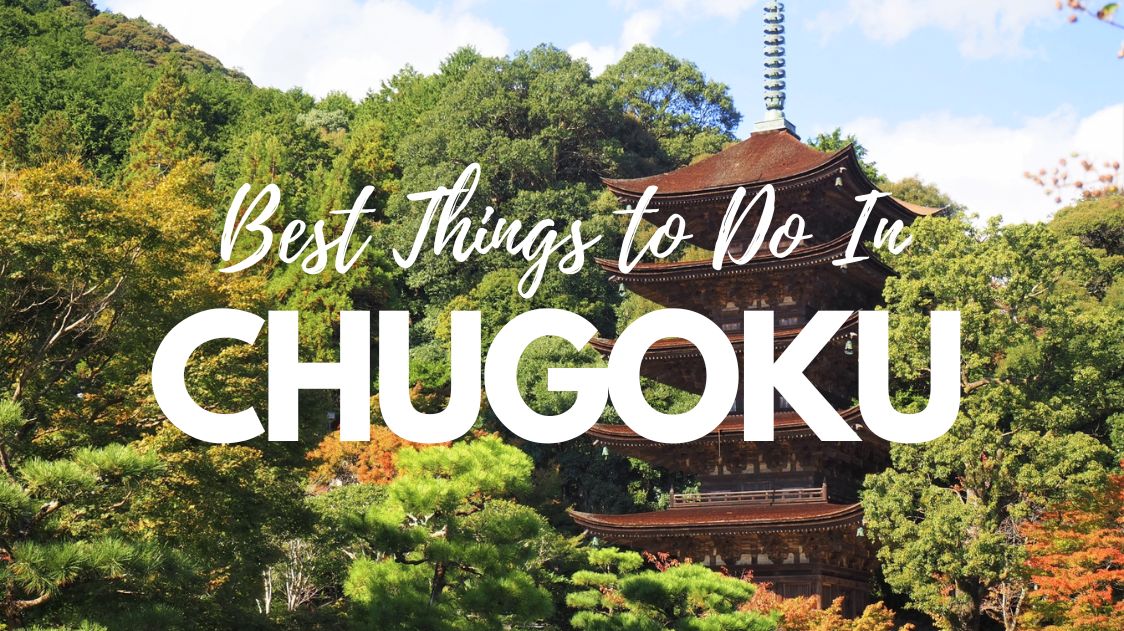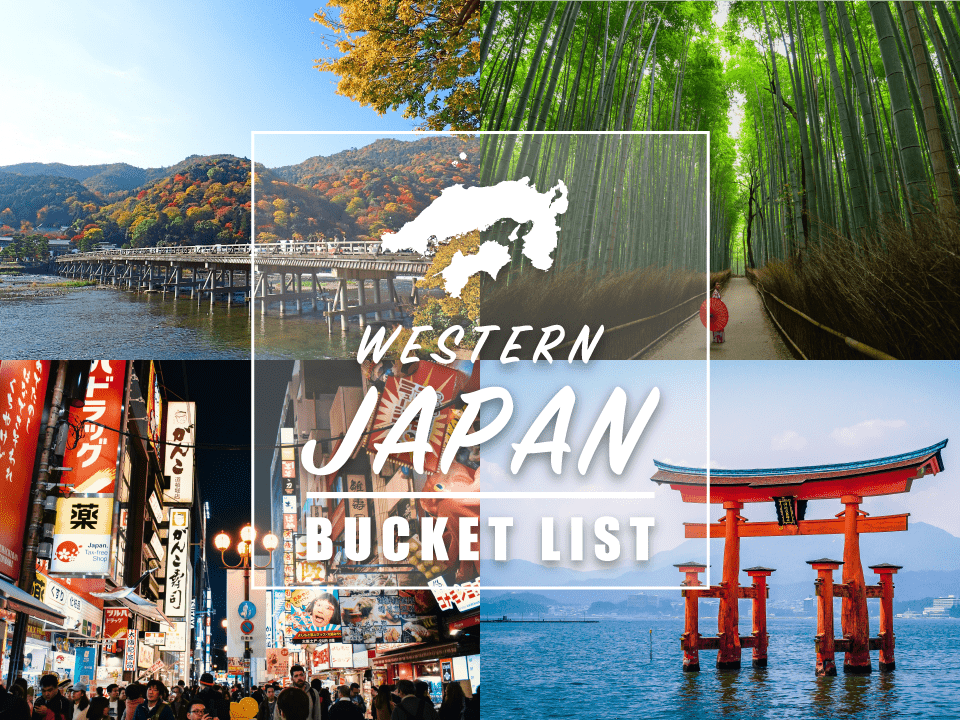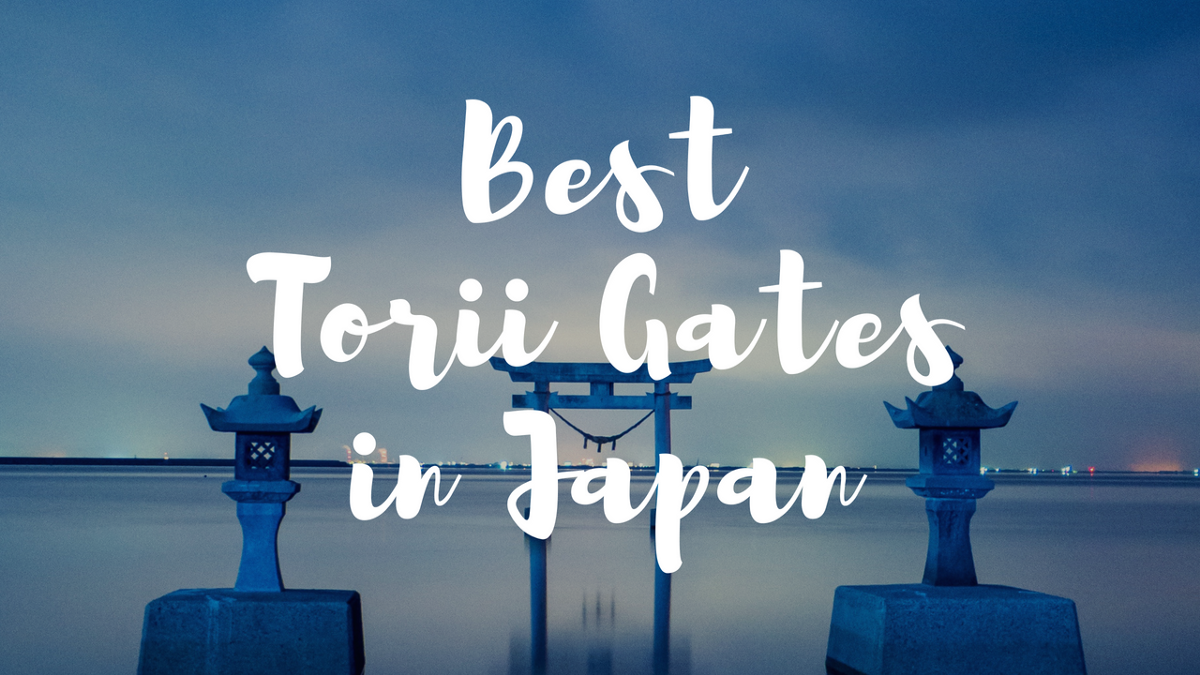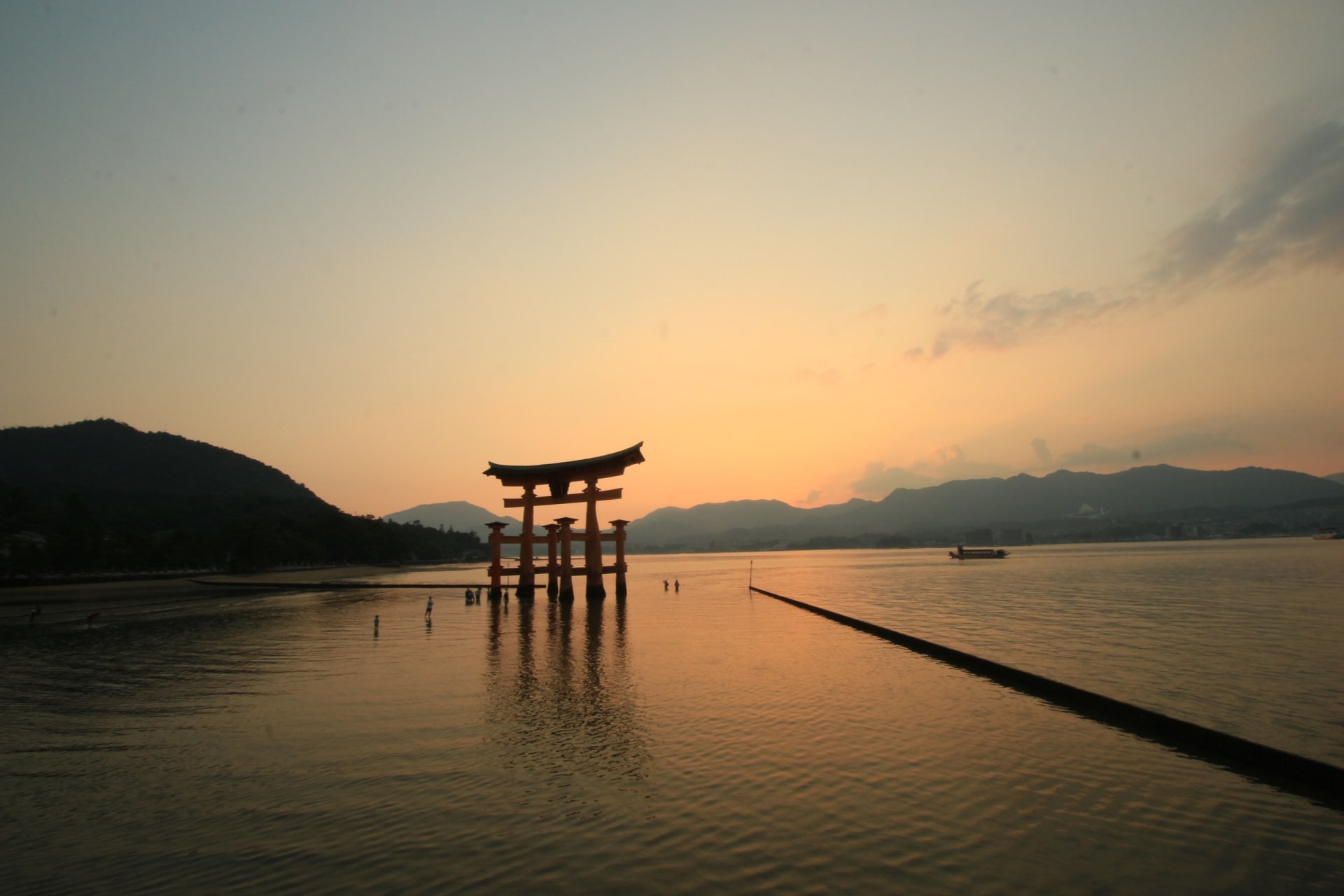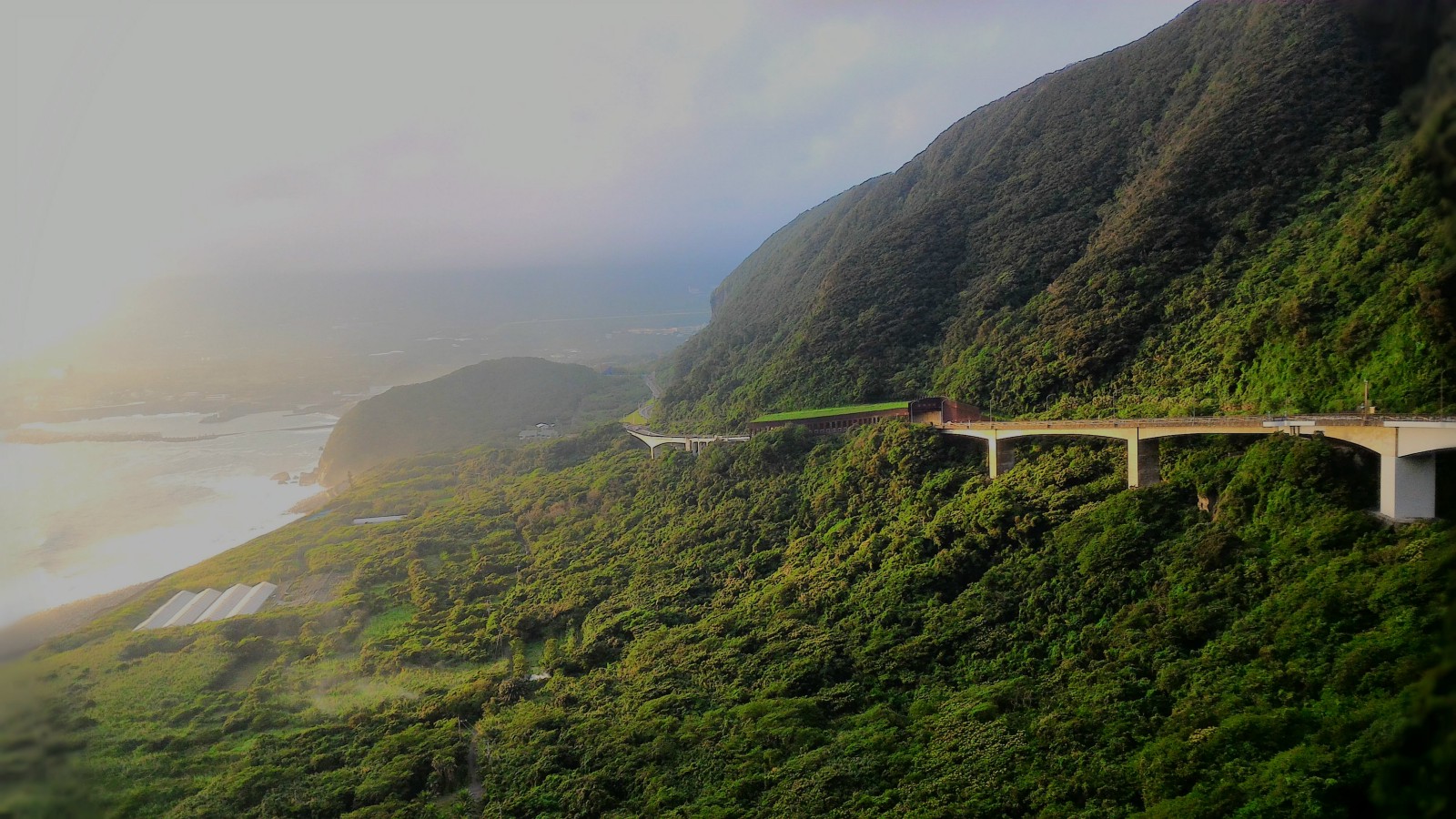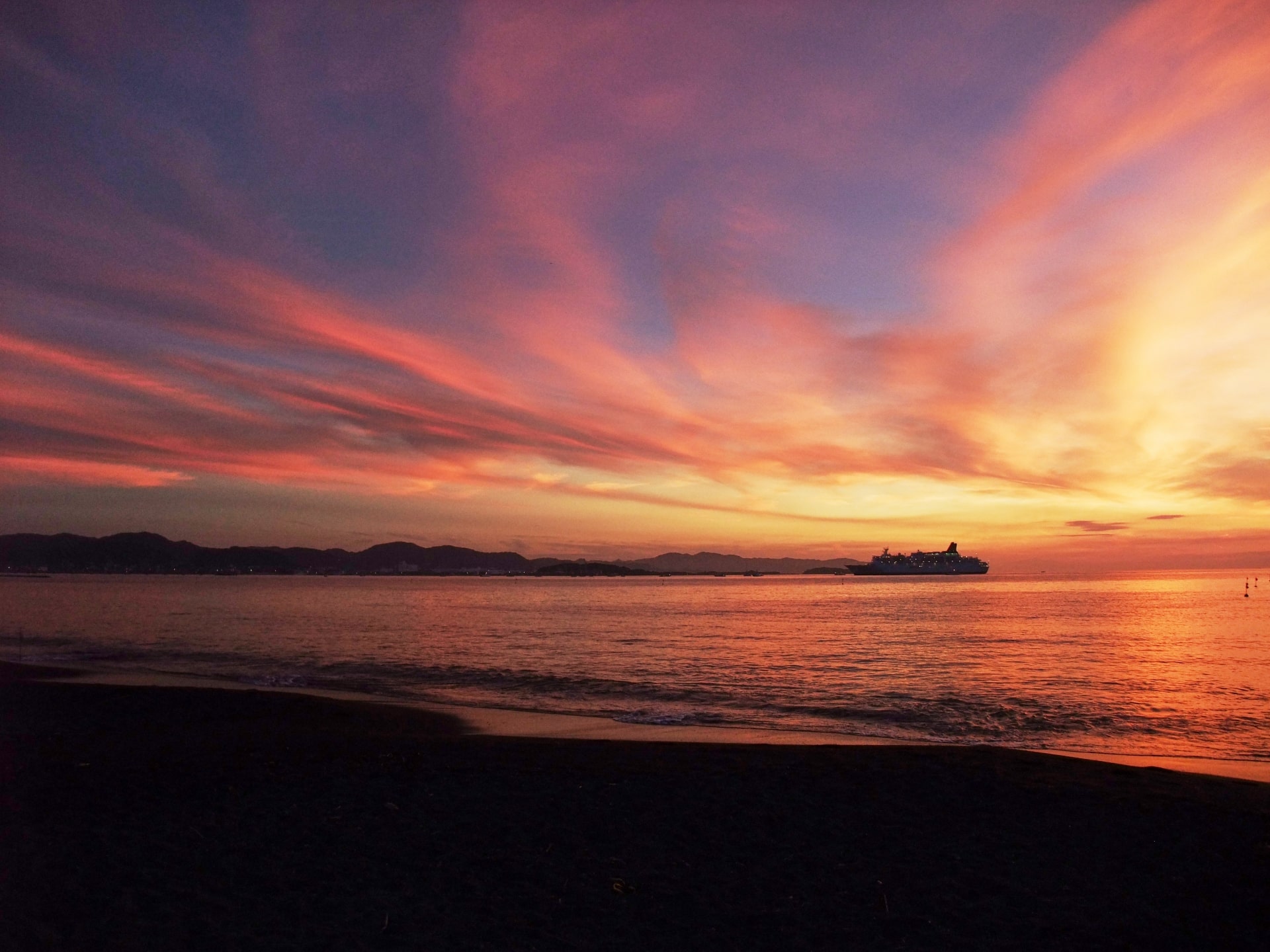10 Best Things to Do in Tottori
Tottori Travel Guide: What to Do in Tottori Now

In Tottori Prefecture the unexpected becomes unforgettable. Unlike its bustling urban counterparts, Tottori offers a serene retreat into nature’s embrace. It’s a place where sand dunes meet the sea, where pear orchards bloom in abundance, and where manga characters spring to life.
This is the home of the largest sand dune system in Japan and the birthplace of Shigeru Mizuki, the renowned manga artist who extensively documented mystical creatures from Japanese folklore. As you delve into the best things to do in Tottori, you’ll find yourself immersed in a world that beautifully marries tradition with whimsy, creating an experience that’s like no other.
With this Chugoku Region Bucket List, let’s also check out the surrounding tourist attractions: Best Things to Do in Chugoku
1. Explore Tottori Sand Dunes, A Desert Oasis in Japan
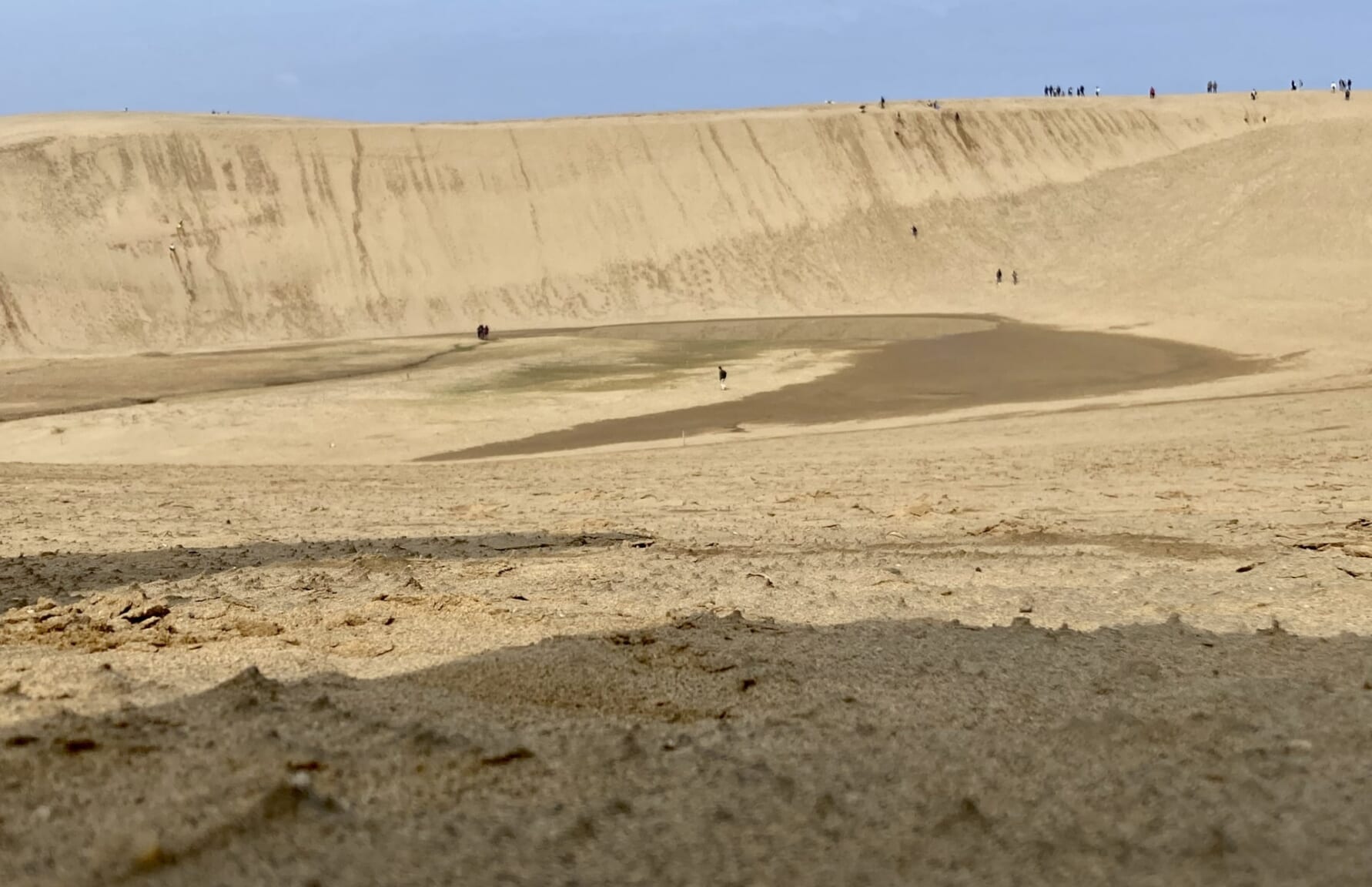
Whether you choose to explore on foot, by camel, or even paraglide from above, the dunes provide a captivating experience. For a truly unforgettable sight, visit at sunrise or sunset when the dunes are bathed in a golden hue. The nearby Sand Dune Geopark Center offers interactive exhibits about the formation and ecology of the dunes, making it a great stop for those keen on learning more about this natural wonder.
2. Do a World Tour in Grainy Detail at The Sand Museum

Just a stone’s throw from the Tottori Sand Dunes, you’ll find The Sand Museum (砂の美術館), the only one of its kind in Japan. Here, international artists showcase their incredible talent through intricate sand sculptures, each year following a different theme. Recreations of world-famous landmarks, depictions of historical events, and every single piece in the exhibition symbolizes the transient beauty of sand art.
The museum was established in 2006 by globally renowned sand sculptor Katsuhiko Chaen and has since hosted artists from around the world. It’s a world tour without leaving Tottori! The museum also offers workshops where you can try your hand at sand sculpting, a fun experience for both kids and adults.
3. A Relaxed Stroll Around Tottori Castle Ruins and Hisamatsu Park

The park is considered one of the top cherry blossom viewing spots in Tottori. The combination of historical architecture and natural beauty creates a serene atmosphere, perfect for a leisurely stroll. Don’t forget your camera – the cherry blossoms against the backdrop of castle ruins make for a picture-perfect moment.
 Access Access |
10-min bus from Tottori Station |
|---|---|
 Official Website Official Website |
https://www.torican.jp/spot/detail_1001.html |
4. Discover the Peak of the San’in Region at Mt. Daisen
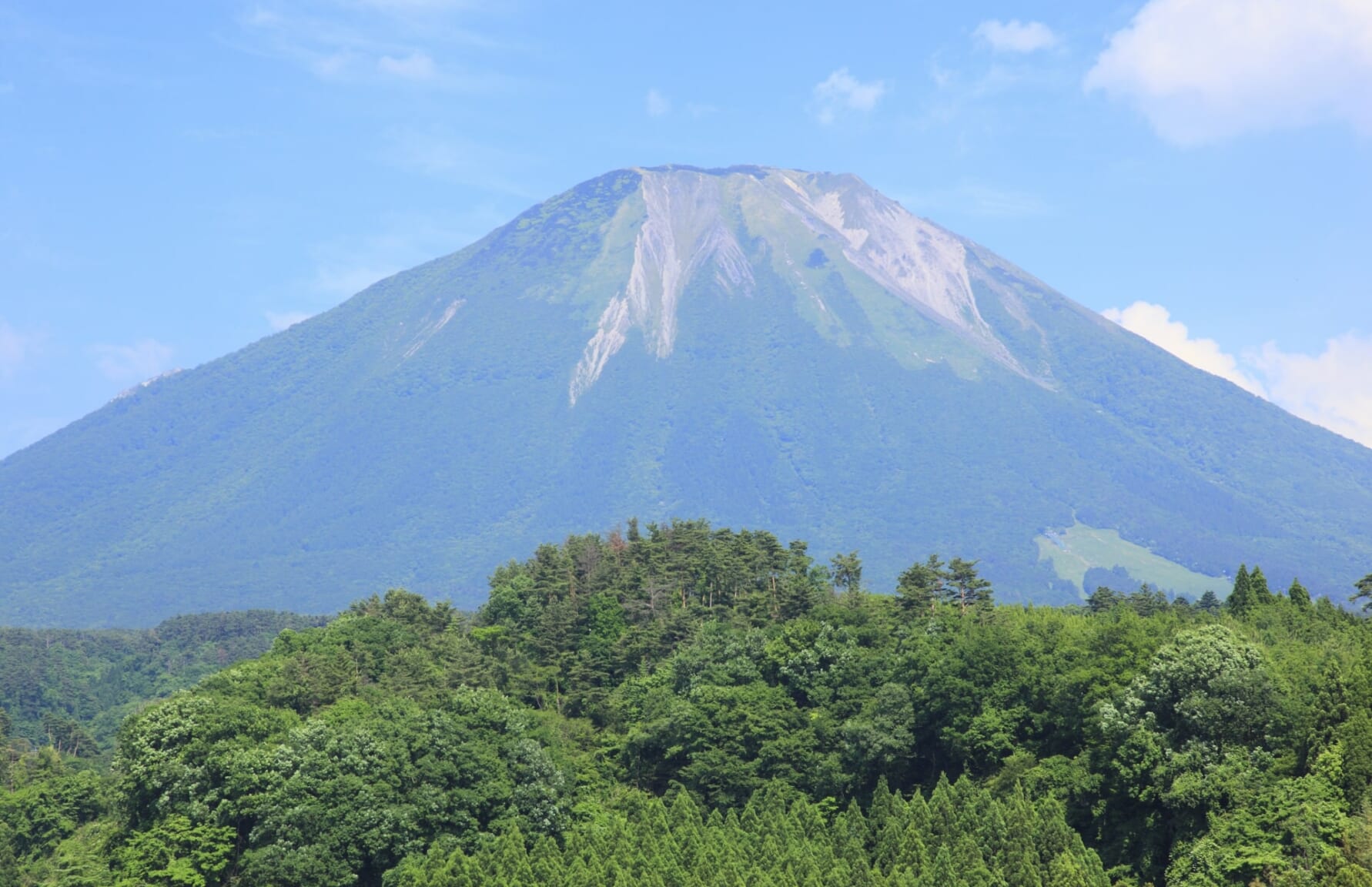
In winter, Mt. Daisen transforms into a popular ski resort, offering thrilling slopes for snow enthusiasts. The mountain is also home to a rich variety of flora and fauna, making it a great spot for nature lovers. The easiest way to access it is by bus from Yonago Station. No matter the season, Mt. Daisen promises an adventure.
5. Embark on a Spiritual Journey Amidst Nature at Daisenji Temple
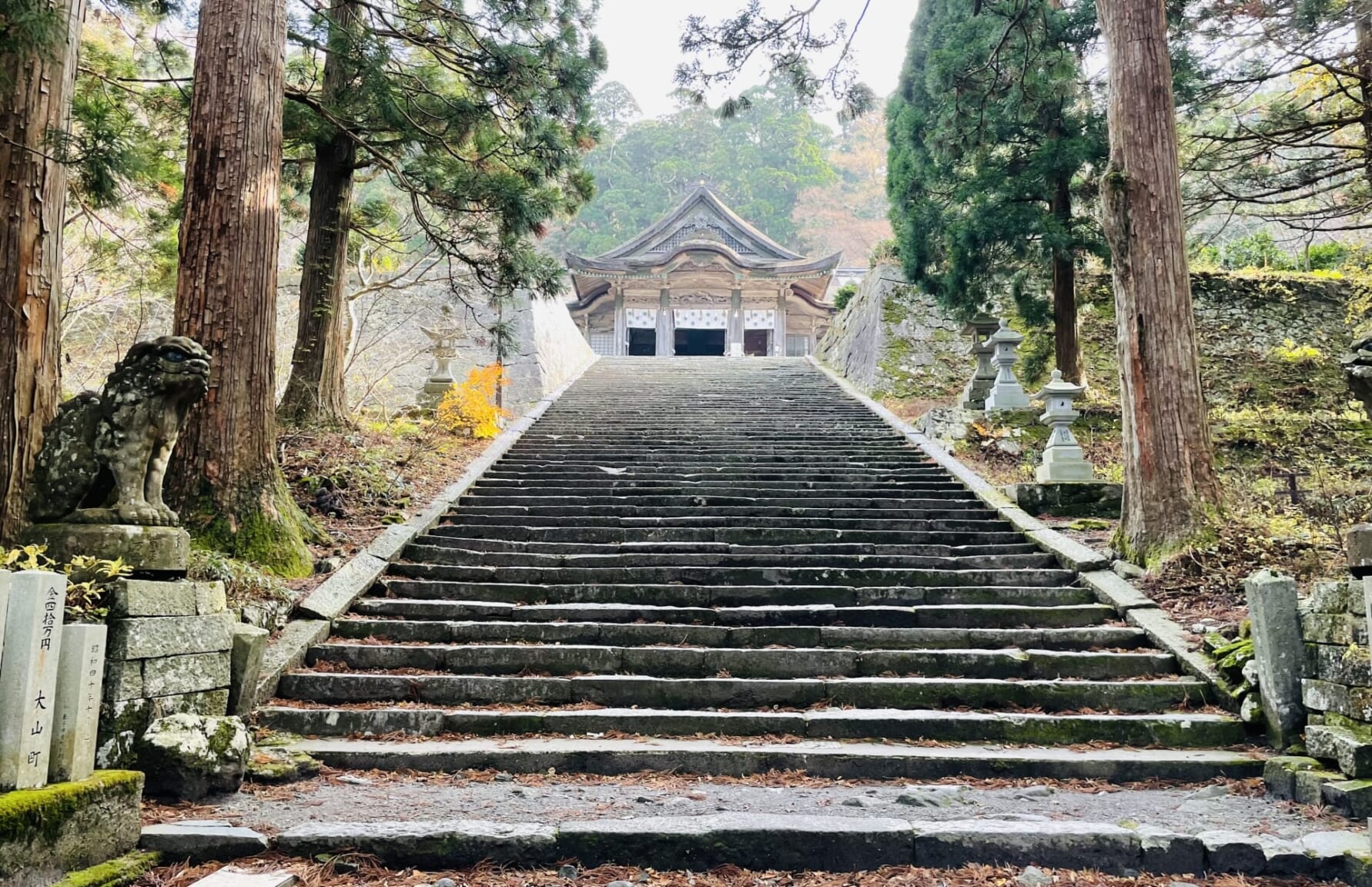
As you explore the temple grounds, you’ll find yourself immersed in a sense of calm, making Daisenji Temple a must-visit on your Tottori journey. The temple also hosts various festivals throughout the year, including the Daisen Natsuyama Summer Festival, which features a procession of monks carrying sacred palanquins through the mountain trails.
6. Learn About a Tale of Rabbits and Gods at Hakuto Shrine
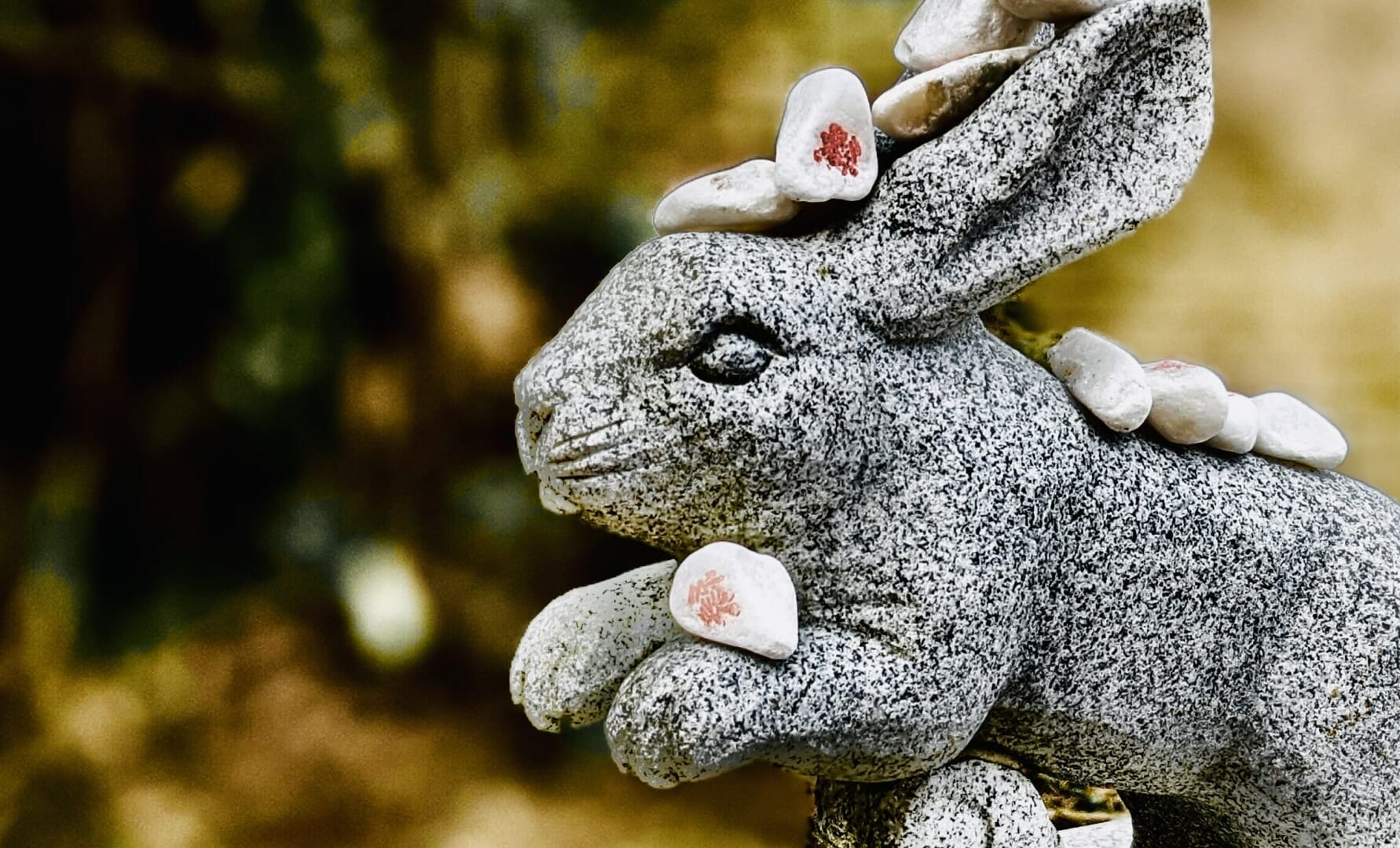
And so, the white rabbit’s tale is immortalized in the shrine, making it a popular spot for visitors. The shrine is also dedicated to said deity Okuninushi, one of the most important deities from Japanese mythology and one often associated to love and good matches, making it a favorite among couples and those seeking luck in love.
Every year, the shrine hosts the Hakuto Festival, where the rabbit’s tale is reenacted in a lively performance. Don’t forget to check out the statue of the white rabbit near the shrine’s entrance, a perfect spot for a memorable photo.
7. Bask in the Breathtaking Views of Hakuto Beach
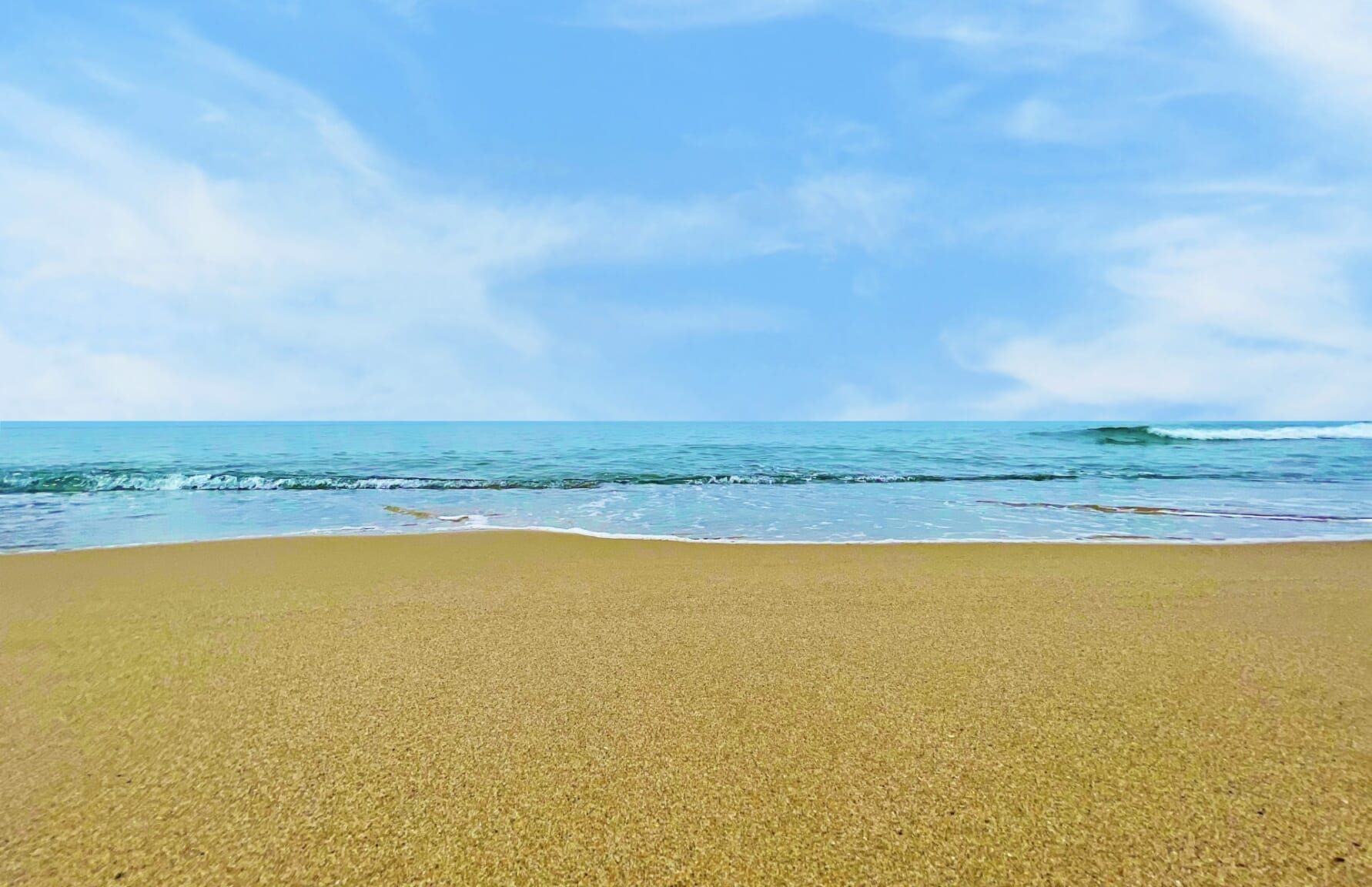
The contrast of the white sand against the azure sea creates a picturesque landscape that’s truly Instagram-worthy. As the day ends, stick around to witness a breathtaking sunset, a sight that will surely be one of the highlights of your Tottori trip.
 Access Access |
20-min bus from Suetsune Station |
|---|---|
 Official Website Official Website |
https://www.tottori-guide.jp/tourism/tour/view/22 |
8. Discover Nature’s Sculpture Garden at Uradome Coast

You can explore the area by walking along the coastal trails, or for a more adventurous experience, take a sightseeing boat tour to see the impressive rock formations up close. The coast is also home to a variety of marine life, making it a great spot for snorkeling. For nature lovers, photography enthusiasts, adventure seekers, or anything in between, the Uradome Coast is an unmissable spot.
 Access Access |
35-min bus from Iwami Station |
|---|---|
 Official Website Official Website |
https://www.sanin-tourism.com/en/todo/173.html |
9. Soak in the Healing Waters of Tottori at an Onsen
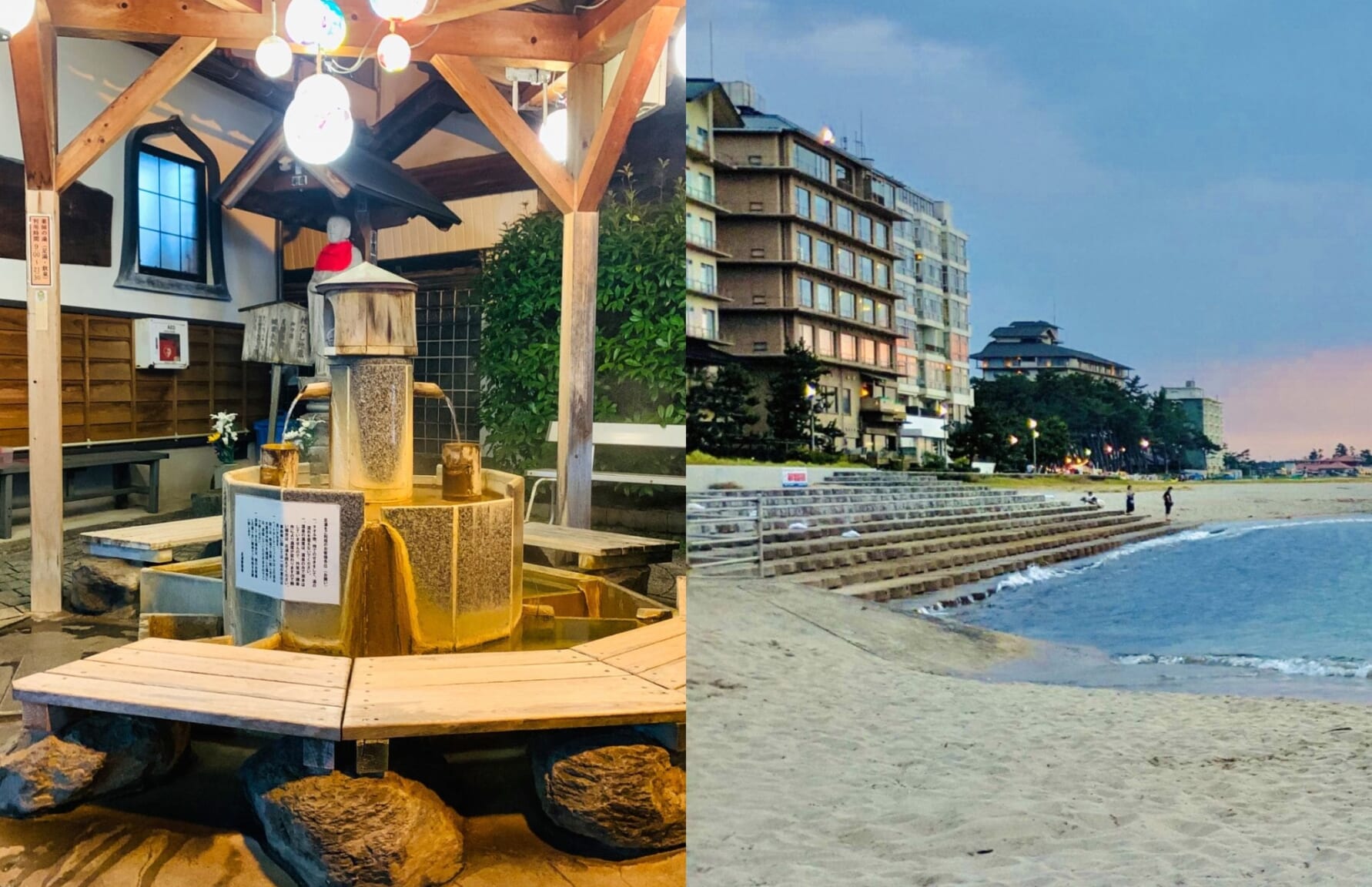
On the other hand, Kaike Onsen (皆生温泉), is a saltwater hot spring located near the Sea of Japan, offering stunning sea views as you soak in the hot spring waters. Many ryokans (traditional Japanese inns) in the area offer private onsen baths, allowing you to enjoy this rejuvenating experience in the comfort of your own room.
A visit to Tottori wouldn’t be complete without experiencing the therapeutic benefits of an onsen soak!
 Access Access |
20-min bus from Yonago Station |
|---|---|
 Official Website Official Website |
https://www.kaike-onsen.com/english/index.php |
10. Have a Taste of Tottori with Regional Food

Apart from seafood, Tottori is also known for its pear orchards. The 20th Century Pear (二十世紀梨), a variety native to the region, is incredibly sweet and juicy, making it a must-try. Other local specialties include Tottori Wagyu (鳥取和牛), one of Japan’s top-quality beef, and Daisen Chicken (大山鶏), known for its tender and flavorful meat.
Tottori Prefecture is a treasure trove of natural beauty, historical charm, and culinary delights. It’s a place where tradition and nature coexist, offering a unique travel experience that’s far from the usual tourist trail.
Whether you’re seeking adventure, relaxation, or a taste of authentic Japanese culture, Tottori has something to offer. So, pack your bags and set off on a journey to discover the hidden gem of Japan’s San’in Coast. In Tottori, every moment is a story waiting to be told.
▽Check more things to do in other prefectures in Chugoku Region below!▽
▶︎10 Best Things to Do in Shimane
▶︎10 Best Things to Do in Okayama
▶︎10 Best Things to Do in Hiroshima
▶︎10 Best Things to Do in Yamaguchi
▽Subscribe to our free news magazine!▽
For more information about traveling in Japan, check these articles below, too!
▽Related Articles▽
▼Editor’s Picks▼
Written by
Photographer, journalist, and avid urban cyclist, making sense of Japan since 2017. I was born in Caracas and lived for 14 years in Barcelona before moving to Tokyo. Currently working towards my goal of visiting every prefecture in Japan, I hope to share with readers the everlasting joy of discovery and the neverending urge to keep exploring.





